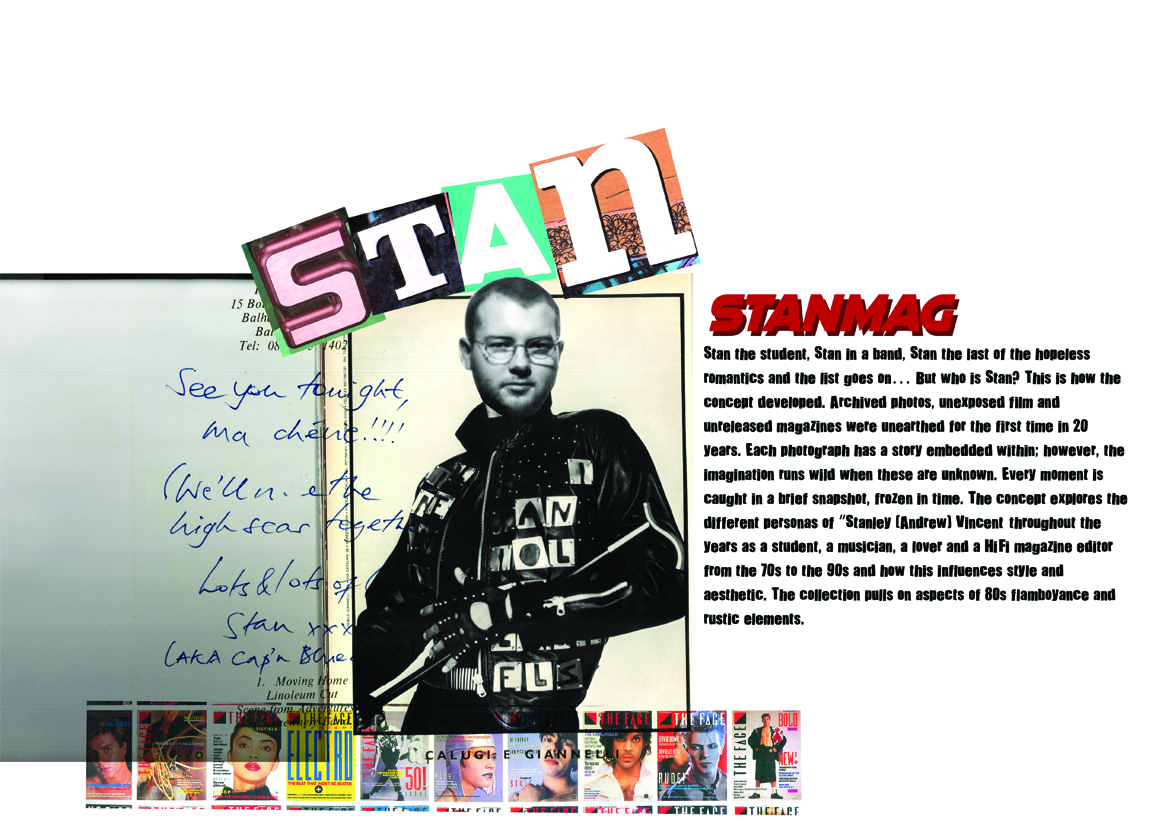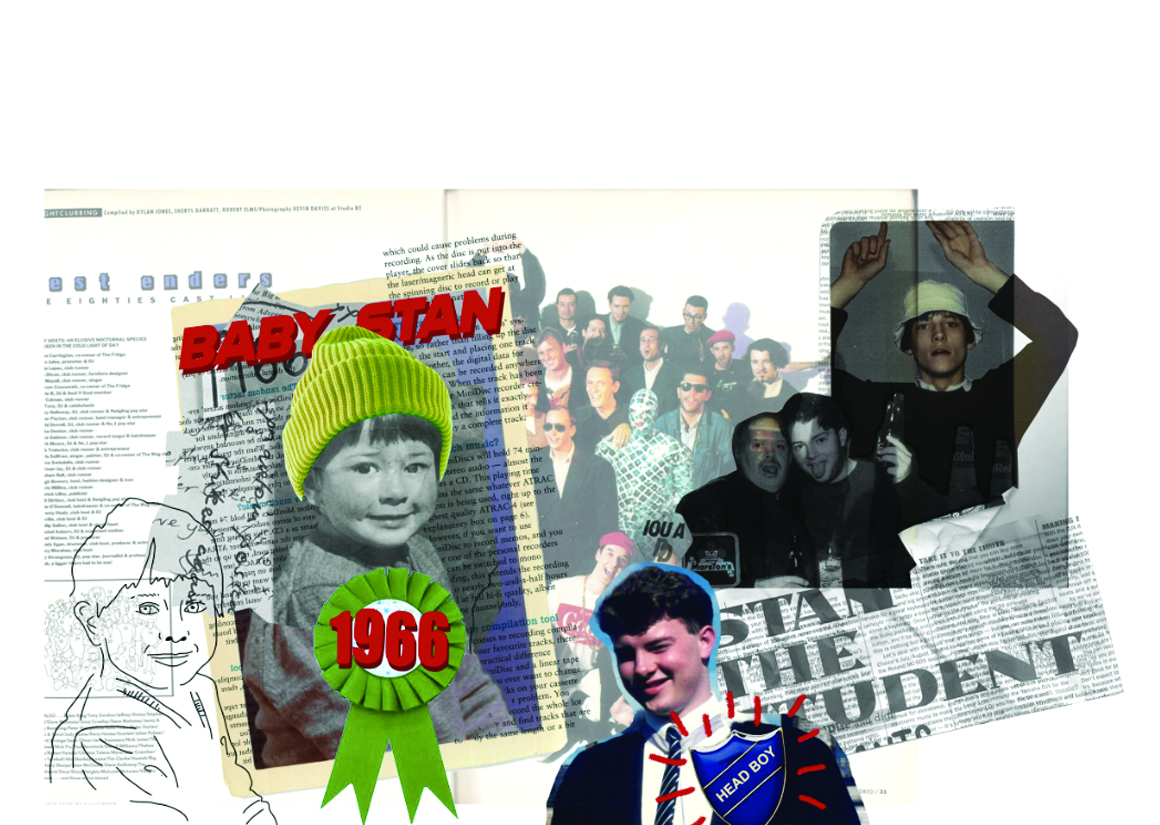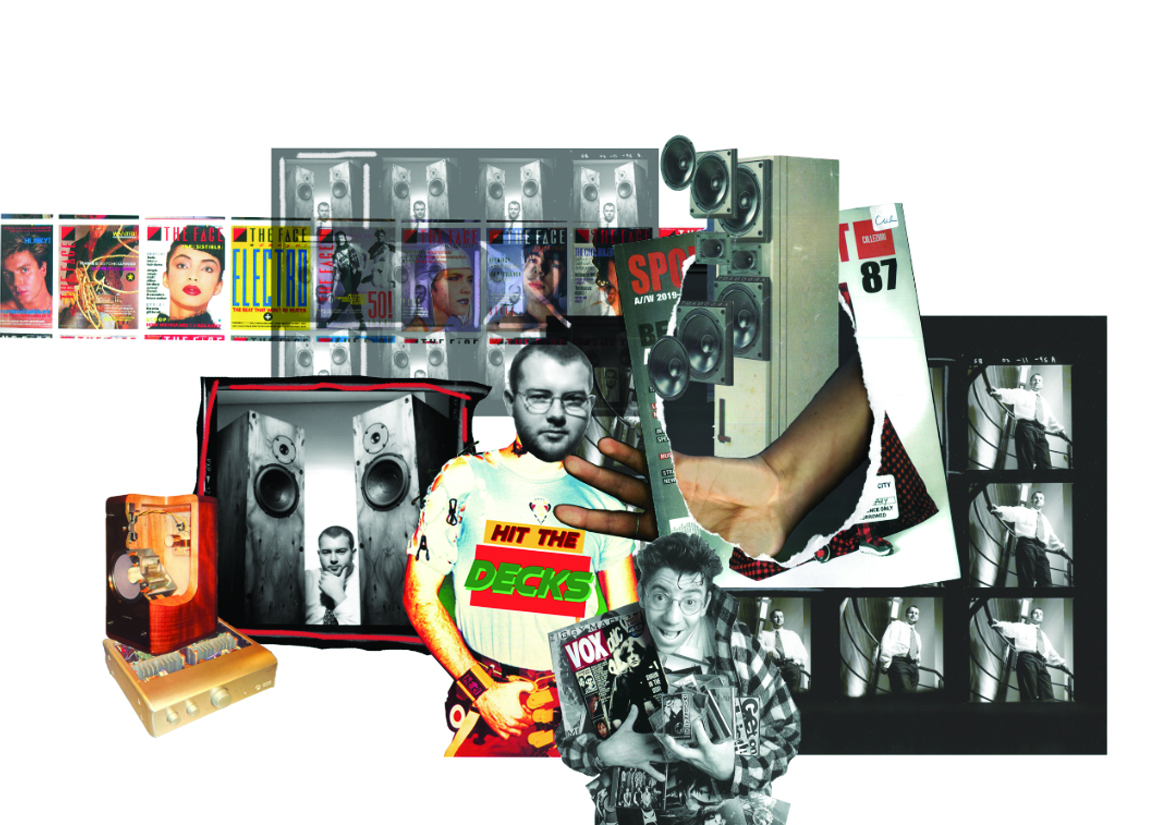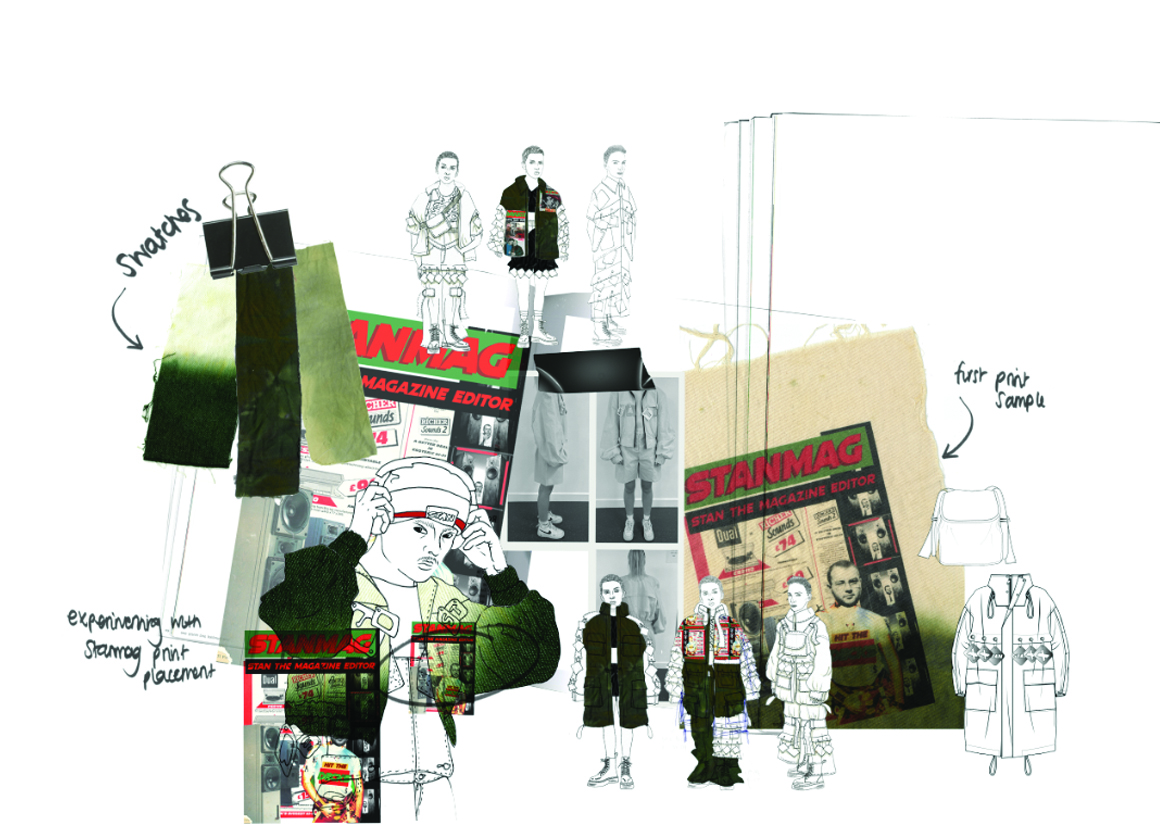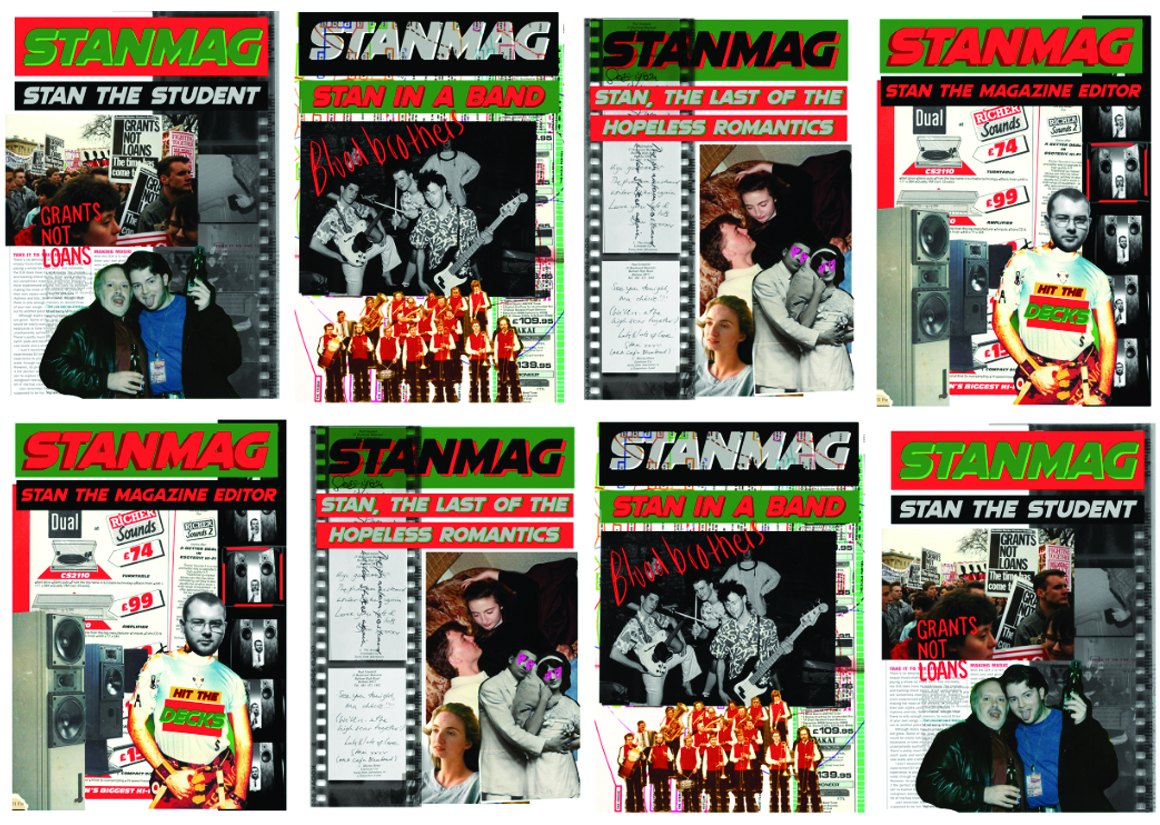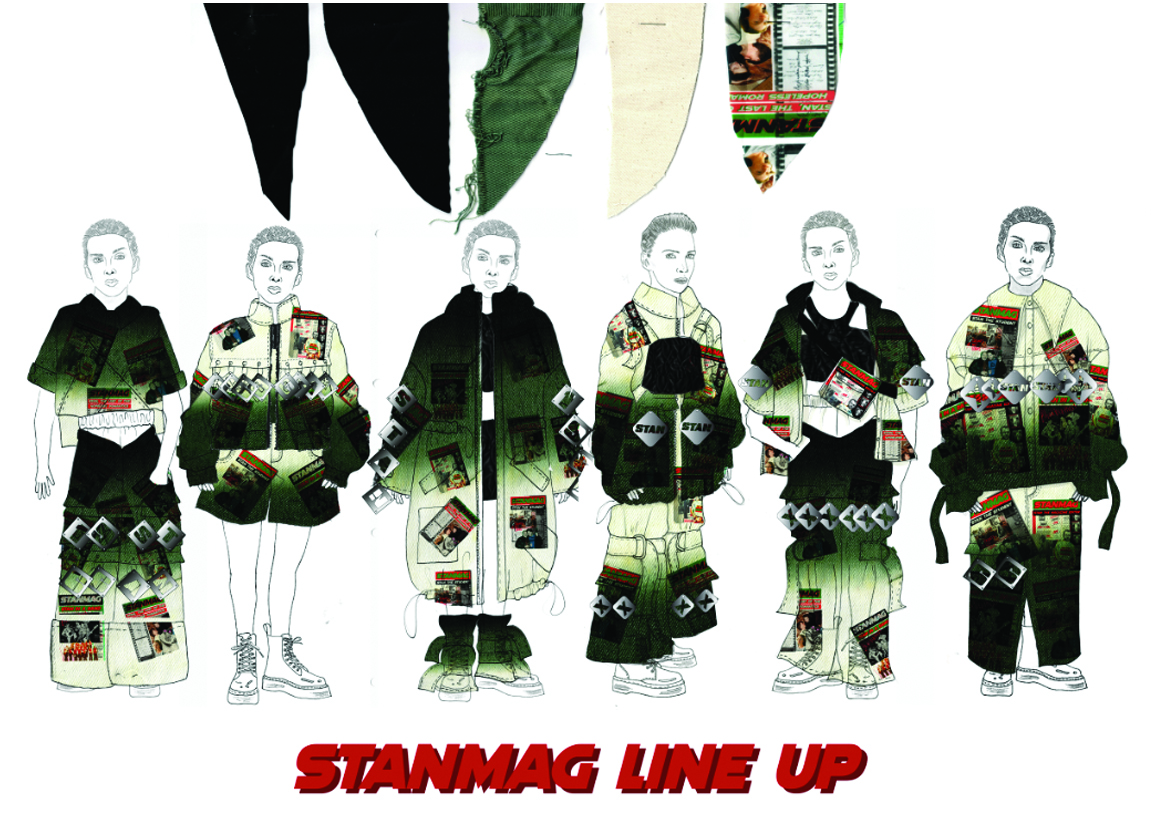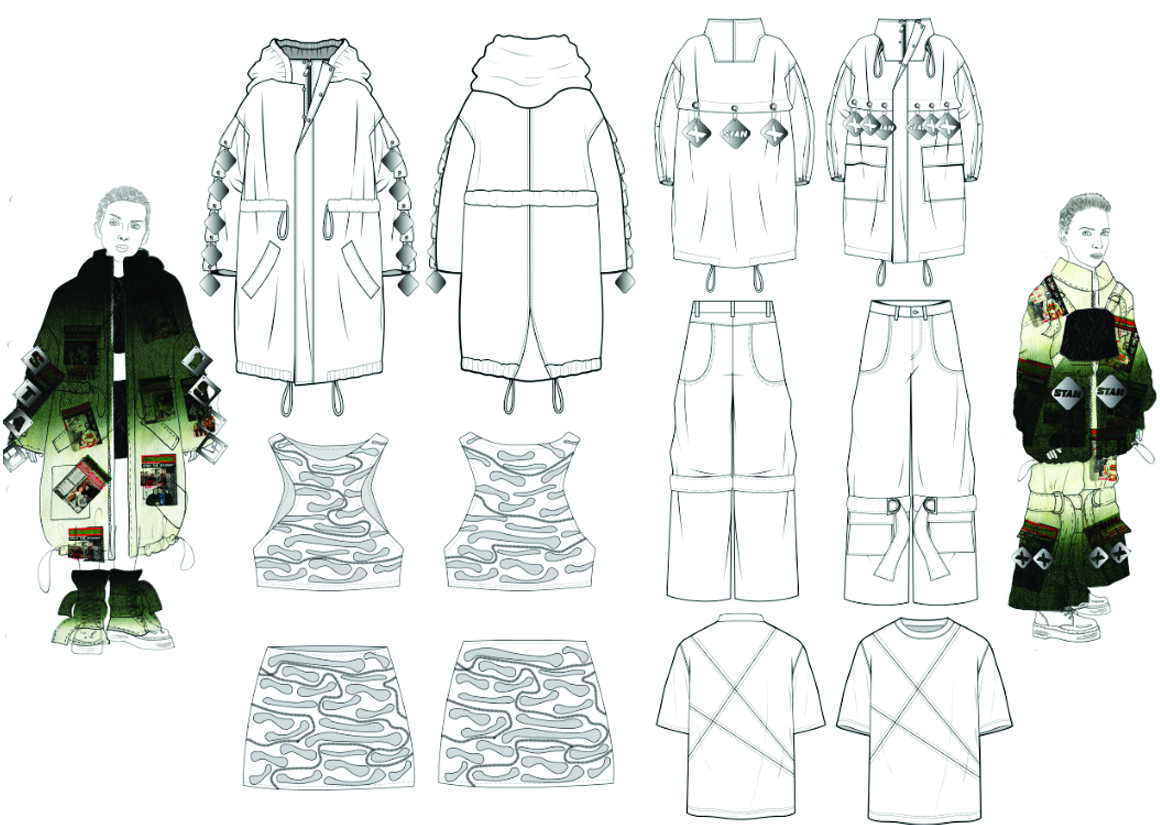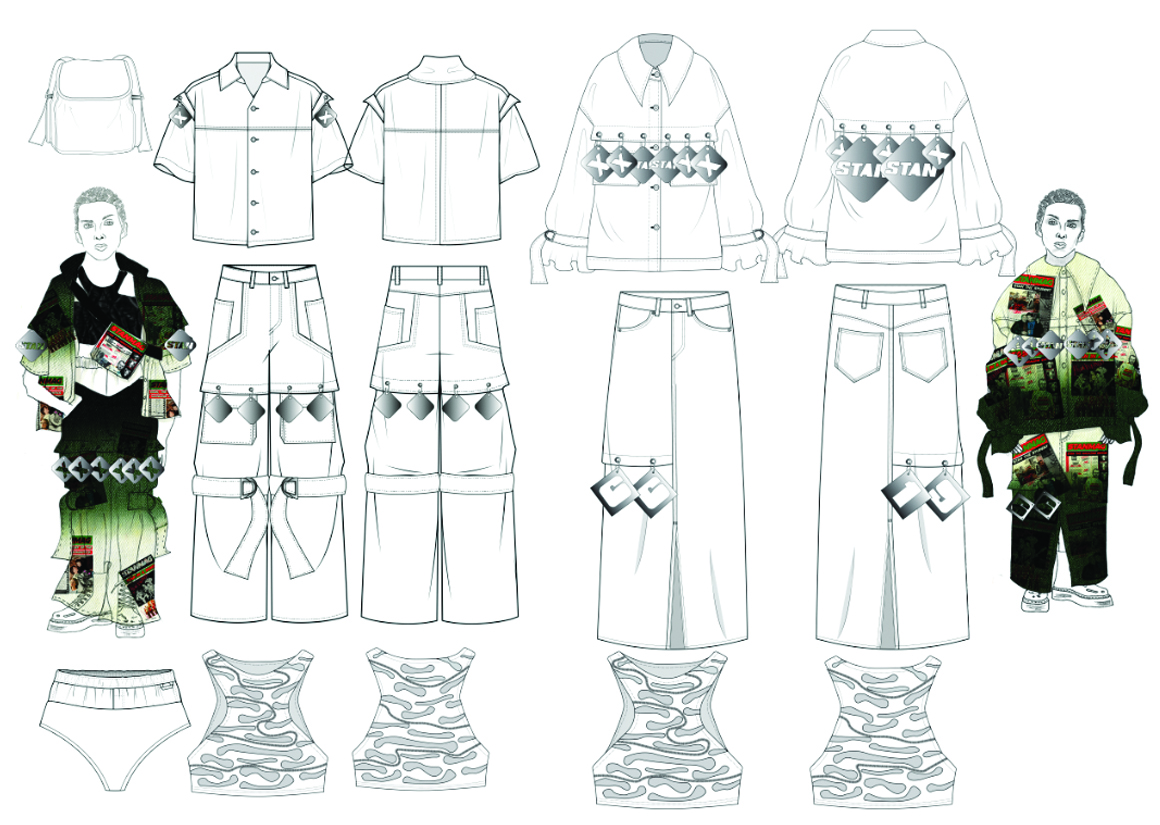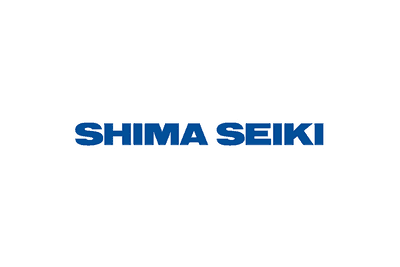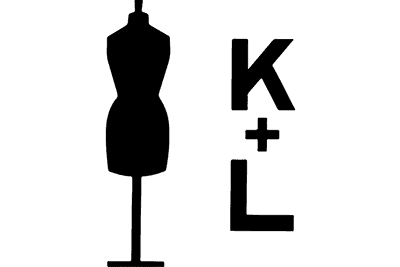
About Me
Hi I'm Sophie, a Womenswear/ Unisex designer from BCU
As many young designers know, we are the future of fashion. This means breaking boundaries and reaching further, be it experimentation with textiles or gender. I took the decision to do both by creating a unisex collection that is gender neutral, in addition to introducing new methods of printing and experimentation with dyeing.
The collection consists of 4 looks which are rich in textiles and print. One of the key features of the collection is the digital printing using the DTG (Direct To Garment) Printer. This printer allowed me to print onto the garments post-construction, creating really interesting negative space when printing over collars or pockets where the ink does not reach. The addition of the water jet cut metal plates attached through eyelets with large jump rings brings a fresh take on "hardware" in the collection.
INSPIRATION
STANMAG - Stan The Student, Stan In A Band, Stan The Last Of The Hopeless Romantics....
The inspiration behind the collection came from the many storylines I made up to fill the gaps in the gaps when I first came across the mound of photos, magazines and postcard letters in a box under the stairs. My dad has walked many different routes in his life. Firstly being a student (head boy and chief of school newspaper), being the drummer in a band, being a journalist and editor for Hi-Fi & lifestyle magazines (The Face and VOX), and finally meeting his last love interest (AKA, Mum!).
Each of these personas were represented through the photographs, film negatives and magazine articles I uncovered. Although dad knew the backstory to all of these, I took it upon myself to write my own rendition of what is happening in each of the photos. This is where the different versions of STANMAG originated from!
MY WORK
PORTFOLIOS
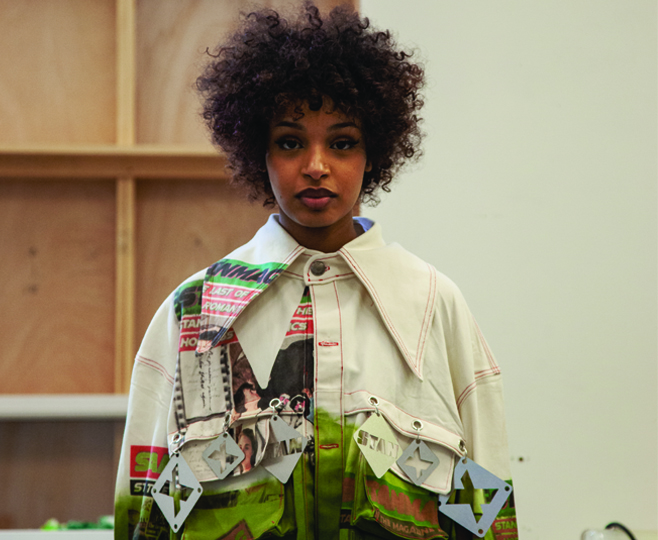
DETAIL
Digital Print
I really pushed the limits of the DTG (Direct To Garment) when experimenting with print. After creating the STANMAG print, the decision then had to be made regarding how it would be presented/ applied to the fabric. There were two types of digital printer available to me, the Mimaki for printing fabric on the roll and the DTG which printed directly onto garments (usually T-shirts). I opted for the DTG when doing early samples of the STANMAG print for the sake of saving fabric and time. However, after toile fit I decided to see what would happen if I printed over the collar. This worked really effectively and I decided to take this technique forwards, seeing how the negative space of the places underneath the printed parts of the garment could be created. You can see this in the final outcome picture on the denim jacket.
